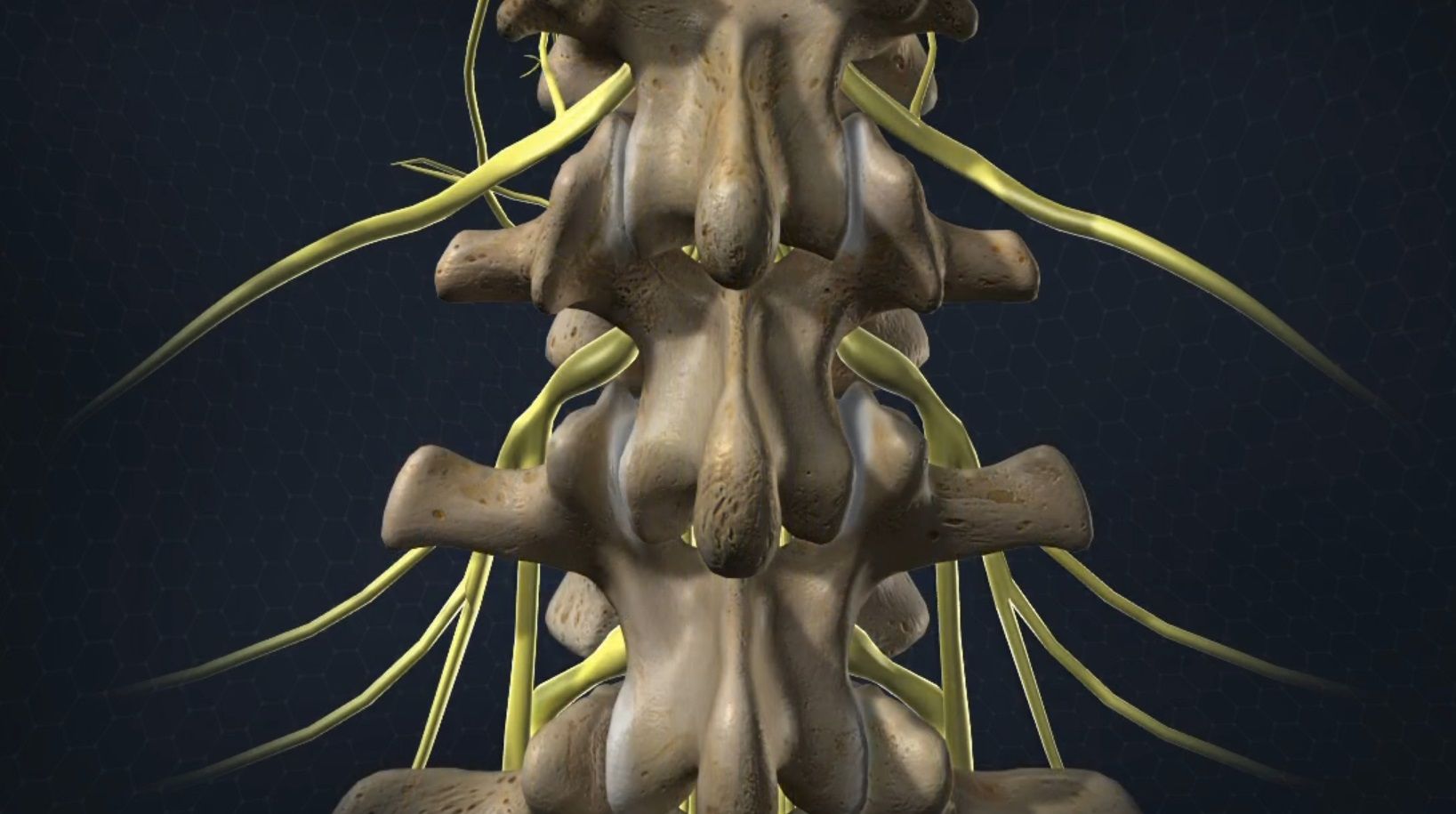Herniated Disc – Protrusion or Extrusion
Between the vertebrae of your spine are soft discs. They let your spine twist and bend. They absorb shocks. But if damaged, the disc’s soft center can push through the disc wall. That’s a herniated disc. This bulge presses against nerves in your spine.
Herniated Disc – Protrusion or Extrusion
Herniated Disc – Protrusion or Extrusion
Overview
The spinal bones (vertebrae) are separated by discs which cushion your bones, absorb shock, and allow your spine to twist and bend. If a disc is damaged, its contents can push into or through the disc wall and deform its shape. This is called a disc herniation, which can also be classified as a disc protrusion or a disc extrusion.
Causes
The normal wear and tear of aging can cause a disc to weaken and bulge. By contrast, disc herniations are caused by an event, such as a car crash, a fall, lifting a heavy object, or a sudden forceful movement at that level of the spine. A bulging disc can herniate more easily because of its age and weakened condition.
Symptoms
Symptoms depend on the herniation’s size and location. Disc herniations can cause pain only in the back at the disc level itself (discogenic pain). If the deformity is large enough, it may compress nearby spinal nerves causing pain, numbness, weakness, and tingling wherever that compressed nerve travels (radiculopathy).
Treatment
Treatment depends on your injury, and may include rest, ice, heat, medications, injections, massage therapy, physical therapy, chiropractic adjustments, or even surgery.
Revised from www.viewmedica.com © Swarm Interactive. Unauthorized duplication is strictly forbidden.
- Category / Injury




